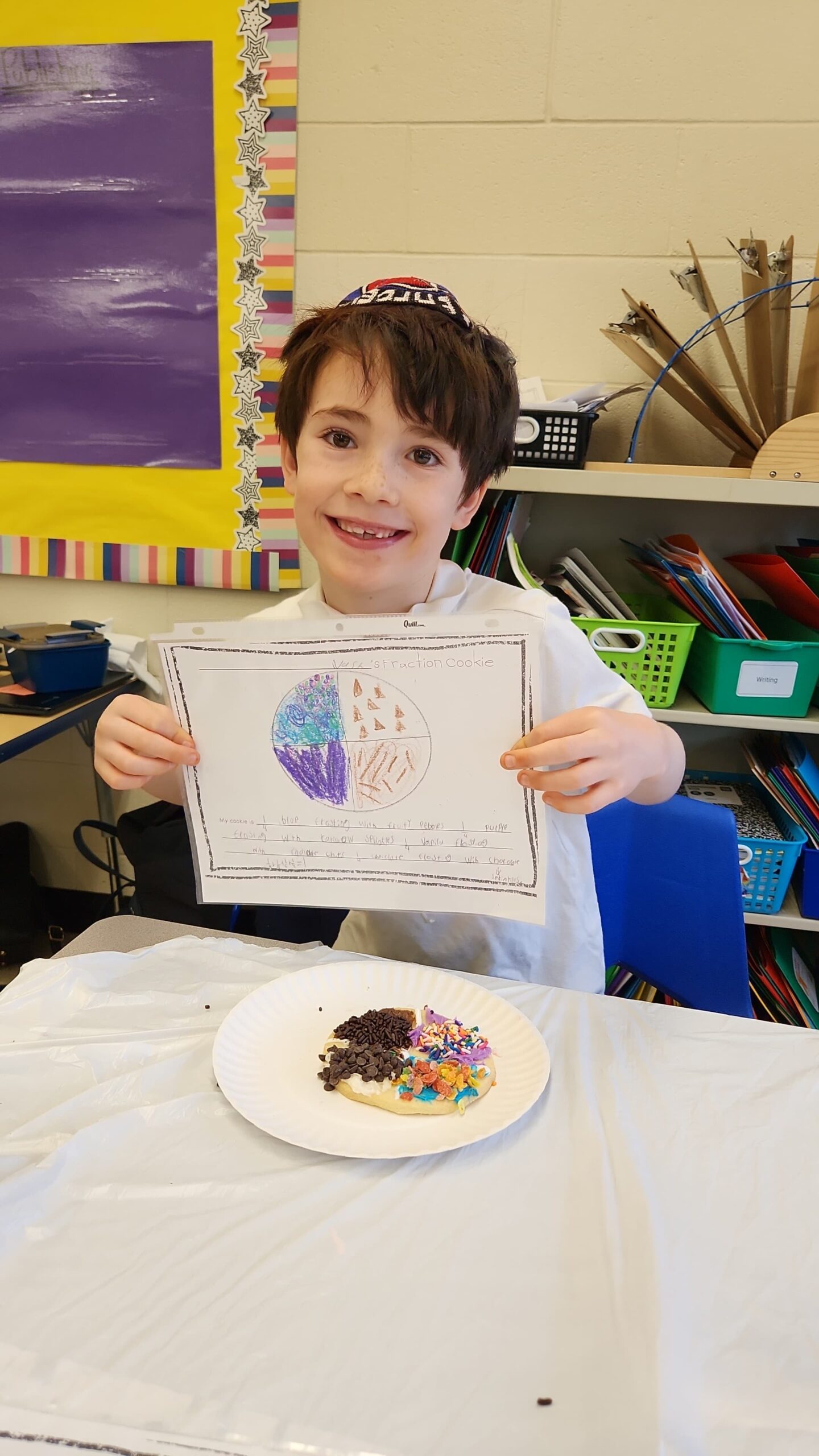(Previously, we showed that Hashem gave us our national mission statement as part of the introduction to Matan Torah. In four words, Hashem charged us to be a “mamleches kohanim v’goy kadosh — a kingdom of priests and a holy nation.” Until now, we’ve developed the first half of the phrase — to be a mamleches kohanim, a nation of teachers who are meant to model for the rest of the world what a God-centered life looks like. Our concern for and involvement with the rest of the world is partially because we are called to impact it. But we must also remember the second half of the verse — at the same time as embracing our role as a mamleches Kohanim, we must also maintain our identity as a goy kadosh, a nation that stands separate and distinct.1
Avraham Avinu is our earliest role model of walking this line between particularist identity and universalist concern. When Avraham goes to request a burial plot for Sarah from the Bnei Cheis, he describes himself as a “ger v’toshav anochi imachem — I am a temporary dweller and a resident amongst you.”2 He saw himself as walking the line between living with them, but also separate from them. In the words of Rav Soloveitchik:
What is our position vis-à-vis modern civilization—with respect to science, to Western culture, to the countries in which we live? The answer is enshrined in these words. Certainly I am a resident, I am one of you. I engage in business as you do, I speak your language, I take full part in your social-economic institutions. But at the same time I am a stranger and, in some aspects, a foreigner. I belong to a particular world, one that is completely foreign to you. It is a world in which I am at one with the Creator … with spiritual values that seem impractical in your eyes, pragmatic children of Heth Cheis).”3
Illustrating Avraham’s incredible success at this balancing act, the Bnei Cheis responded, “Hear, my lord—you are a prince of God in our midst! Bury your dead in the choicest of plots…” Avraham’s separateness did not take away from the impact he was able to have and the prestige in which they held him.4 How well are we doing at balancing these two identities—concerned with, yet separate from?
How Are We Doing?5
There is no way to excuse, no matter what banner is raised to justify it, unfettered and undiscerning involvement in modern-day culture and media. Television shows and most movies are, at the very least, purposeless bitul zman (waste of time), and often direct transgressions of everything Judaism is meant to stand for. Their portrayals of family life, relationships and priorities seep into our consciousness and affect the way we think; our values of kedusha, perishus and rachmanus—sanctity, self-control and mercy—just don’t sell as well as their opposites do. It is very hard to find redeeming qualities in these media, especially as so much is ingested uncritically.
Technology and modern media, especially social media, are primary reasons the boundaries that are meant to separate us from the world around us, allowing us to preserve our values, have more or less eroded; when we consume the same content from the same influencers as everyone else, we will come to think and feel like everyone else too. The Torah’s demand to avoid the “ways of the non-Jews—u’v’chukoseihem lo seileichu —should have taught us to build higher walls, but we have failed; we have let them fall lower and lower until they’ve been swallowed by the ground.
We should not be proud that we can do all the same things that non-Jews can do, with the added obligation of Torah and mitzvos; kosher concession stands and regular minyanim at professional sports games are not l’shevach, but l’genai. We are not meant to be non-Jews who do mitzvos; we are meant to be Jews, proud Jews, who keep enough distance from the world around us to maintain and exemplify our values. Even before the intellectual rot at Ivy League colleges was revealed following October 7, why was acceptance at these “elite universities” considered a point of pride? And why do some of our schools push students to commit to these schools through early decision, making it harder for them to shift priorities while learning in Israel?
In so many cases, these “engagements with culture” have nothing to do with ideology, with an appreciation for “the best of what is thought and said,” no matter how you try to justify it afterwards. Instead, it indicates a community that has lost track of its priorities; rather than drawing culture up to Torah, Torah has been abandoned and we have descended into the abyss.
One of the most important steps our community needs to take is to recommit ourselves to spending our time in ways that reflect our values: serious talmud Torah, investing in pursuits that enhance either our avodas Hashem, talmud Torah, or our lives or some other constructive endeavor. Leave leisure and the “entertainment industry” for those who have nothing better to do with their lives; as members of the tzavaos Hashem, we have neither the right nor the desire to waste our time with it. If we really embrace the philosophy of b’chol d’rachecha da’ehu (know Him in all your ways), as we must, we should honestly question how much the media we consume, in any form, really contributes to that overarching ideal.
Over the next few weeks, we will turn from challenges to solutions. What is an alternative picture for our communities, one that expresses our values and marshals our strengths to achieve our collective calling?
Tzvi Goldstein graduated from Yeshiva University with semicha and a degree in Psychology. After making aliyah, he taught in Yeshivat Hakotel for five years and now edits sefarim for a number of publishers. He recently published a sefer with Mosaica Press called Halachic Worldviews, exploring Rav Soloveitchik’s approach to developing hashkafa from Halacha, and writes at tgb613.substack.com. You can reach him at goldsteintzvi@gmail.com.
See Vayikra 20:26 and 19 Letters, Letter 8.
2 Bereishis 23:4
3 Chumash Mesoras HaRav, ibid. See also the Rav’s essay Confrontation, sect. II, 1–2.
4 See Haamek Davar, Bereishis 17:9.
5 See Rabbi Aharon Lichtenstein’s “Centrist Orthodoxy” (By His Light, pg. 210–220) and “The Future of Centrist Orthodoxy” (Leaves of Faith II, pg. 322–329) for a precedent for much of the following.











